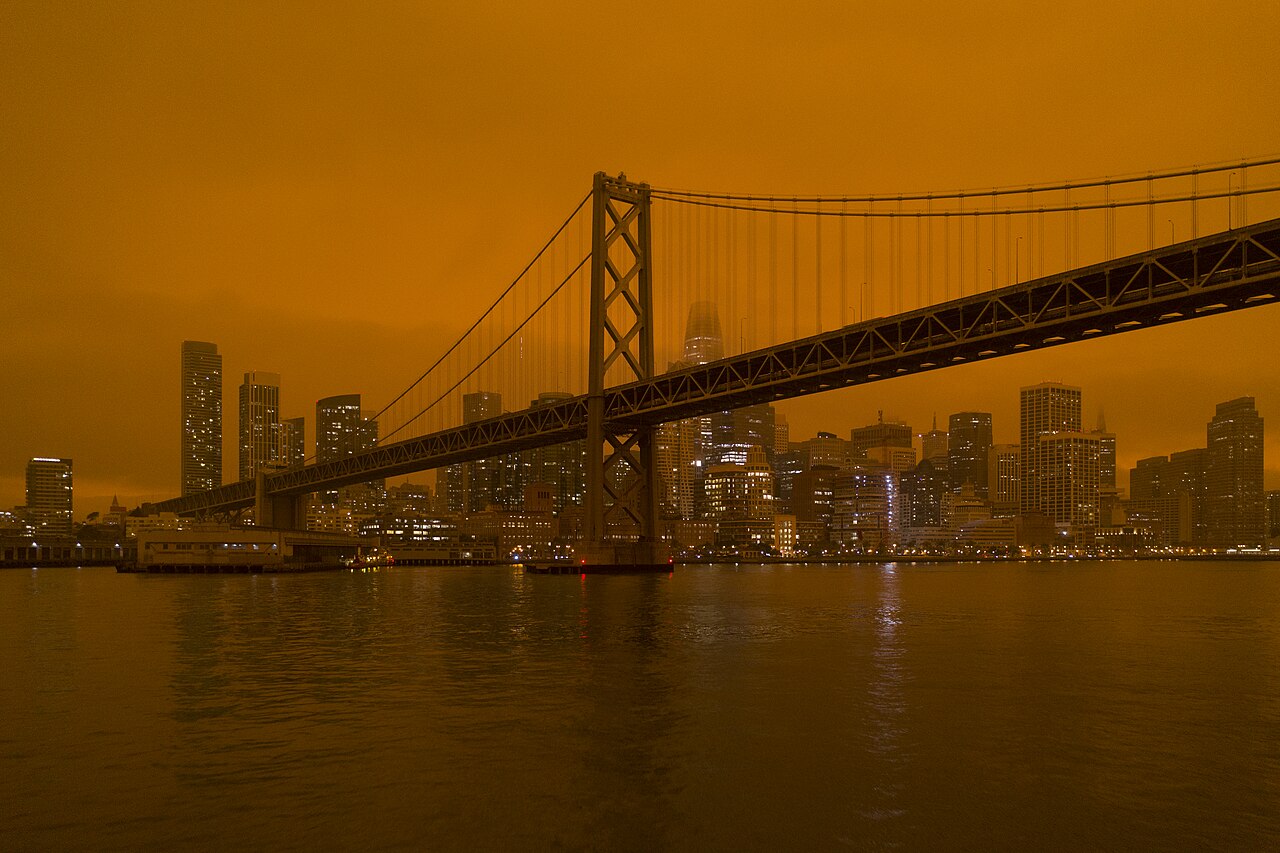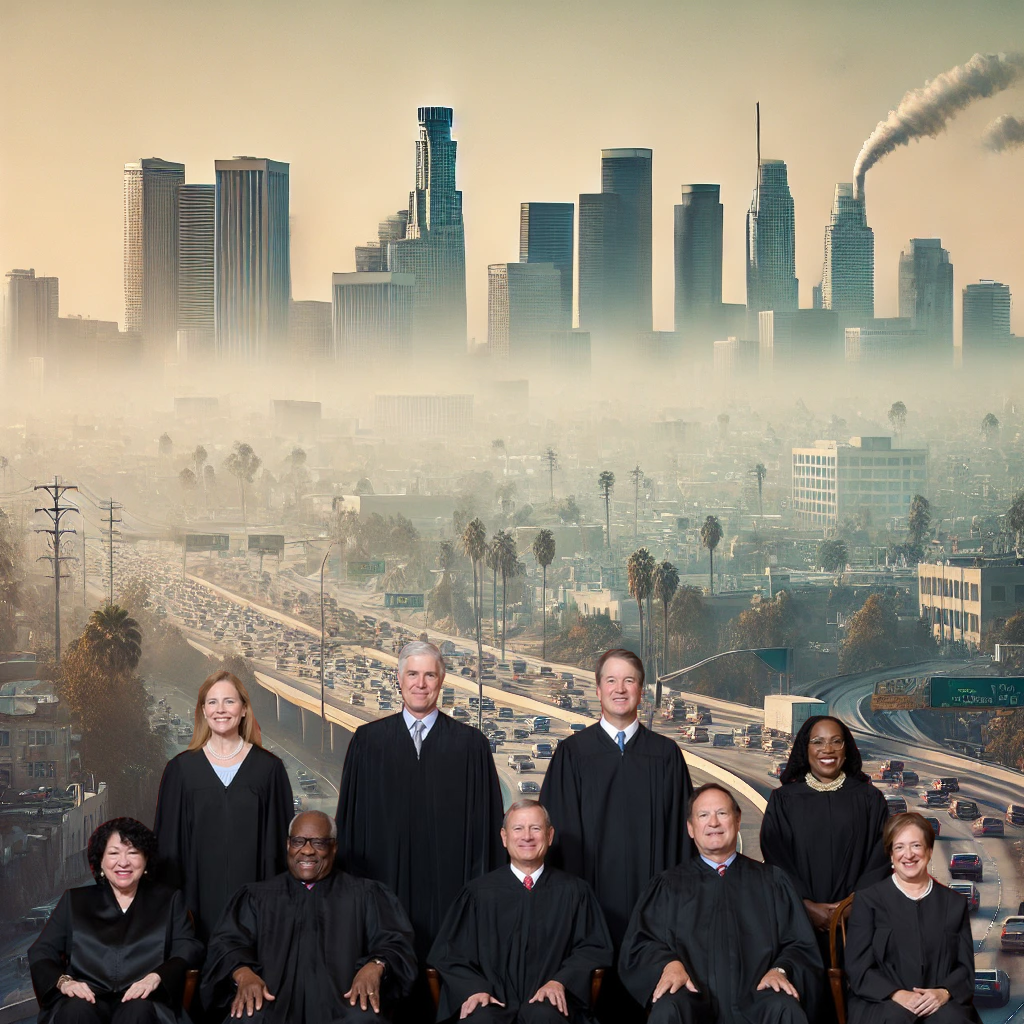Climate change has increasingly been linked to the growing intensity and frequency of wildfires across the United States. The top five states most affected by wildfires—Alaska, California, Oregon, Idaho, and Texas—have all experienced significant changes in their wildfire patterns, driven in large part by climate-related factors such as rising temperatures, prolonged droughts, and shifts in precipitation patterns. Here’s how climate change has specifically impacted each of these states.
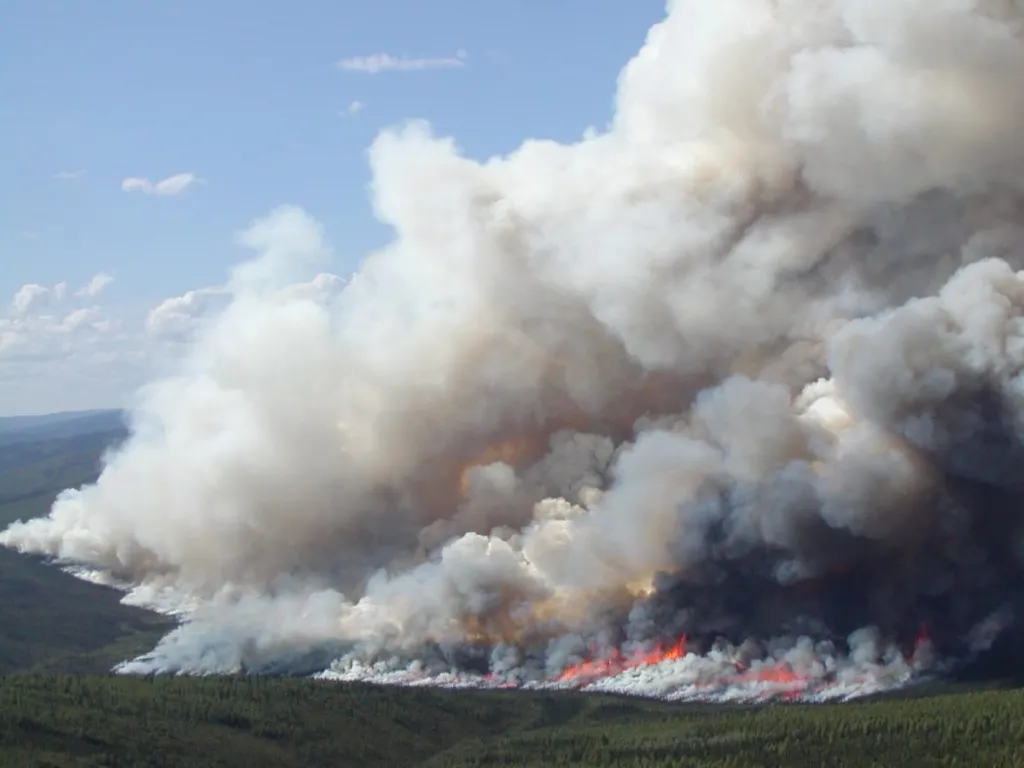
1. Alaska
Alaska, which has seen the largest number of acres burned by wildfires in the last decade, is particularly vulnerable to the effects of climate change. The state is warming at more than twice the rate of the global average, leading to earlier snowmelt, longer fire seasons, and drier vegetation. These conditions have resulted in more frequent and larger wildfires, especially in the state’s boreal forests and tundra. As permafrost thaws, it further dries out the landscape, creating a feedback loop that exacerbates wildfire activity. The increase in lightning strikes due to warmer temperatures also contributes to more ignitions, making Alaska’s wildfire seasons increasingly severe.
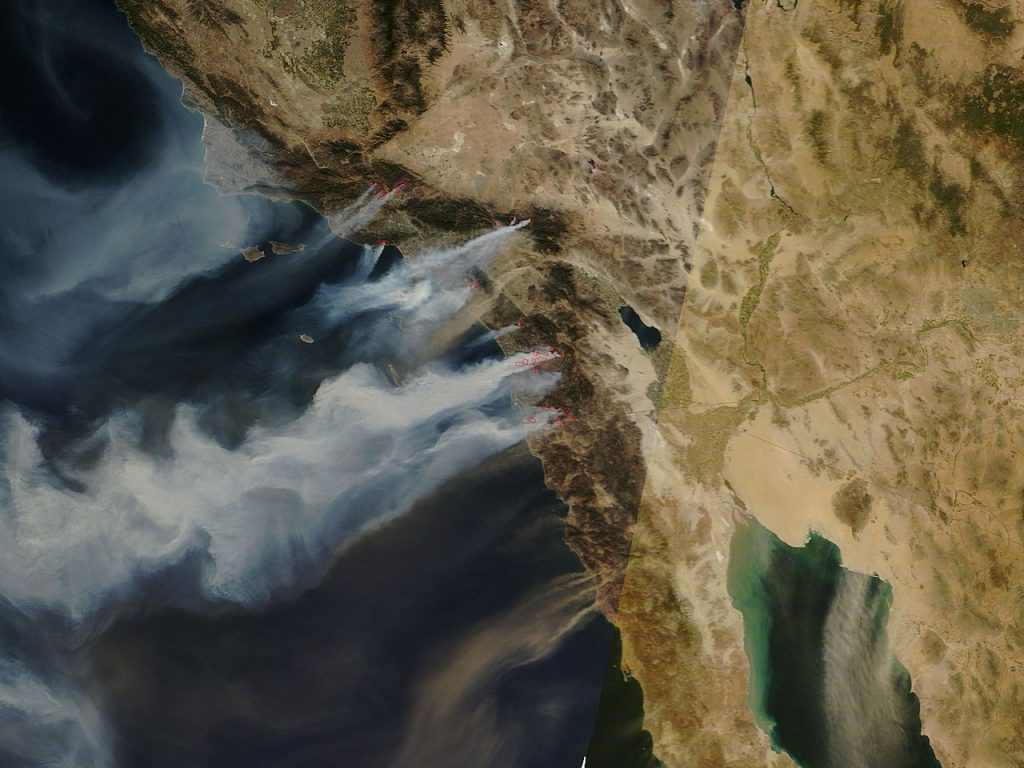
2. California
California’s wildfire crises have become almost synonymous with the broader discussion on climate change. Rising temperatures, prolonged droughts, and changes in precipitation patterns have significantly increased the state’s wildfire risk. The state’s fire season has lengthened, with fires now occurring almost year-round. The intensity of the Santa Ana winds, which drive many of California’s most destructive fires, is also influenced by changing climate patterns. These winds, combined with the state’s dry, hot conditions, have resulted in some of the largest and most destructive wildfires in U.S. history. The 2018 Camp Fire, for instance, was exacerbated by dry conditions linked to climate change and destroyed the entire town of Paradise, becoming the deadliest and most destructive wildfire in California’s history.
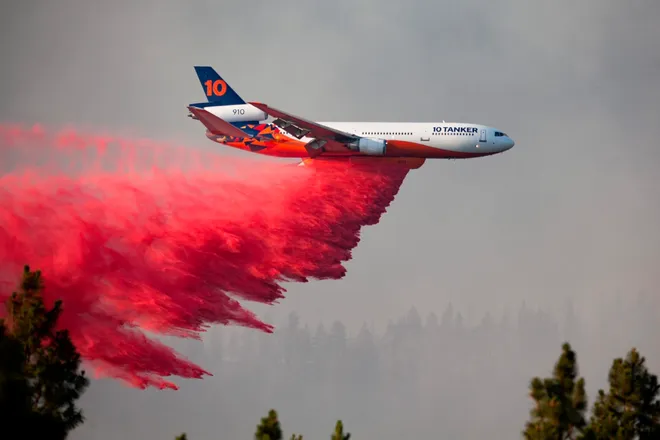
3. Oregon
Oregon has also seen a significant rise in wildfire activity, much of which is attributed to climate change. Warmer, drier summers have become more common, extending the fire season and making the state’s dense forests more susceptible to large fires. The state experienced one of its worst fire seasons in 2020, where wildfires burned over a million acres. The fires were driven by a combination of extreme heat, drought, and high winds—all factors linked to climate change. The increase in temperatures has also led to a higher likelihood of lightning strikes, which are a common cause of wildfires in the state.
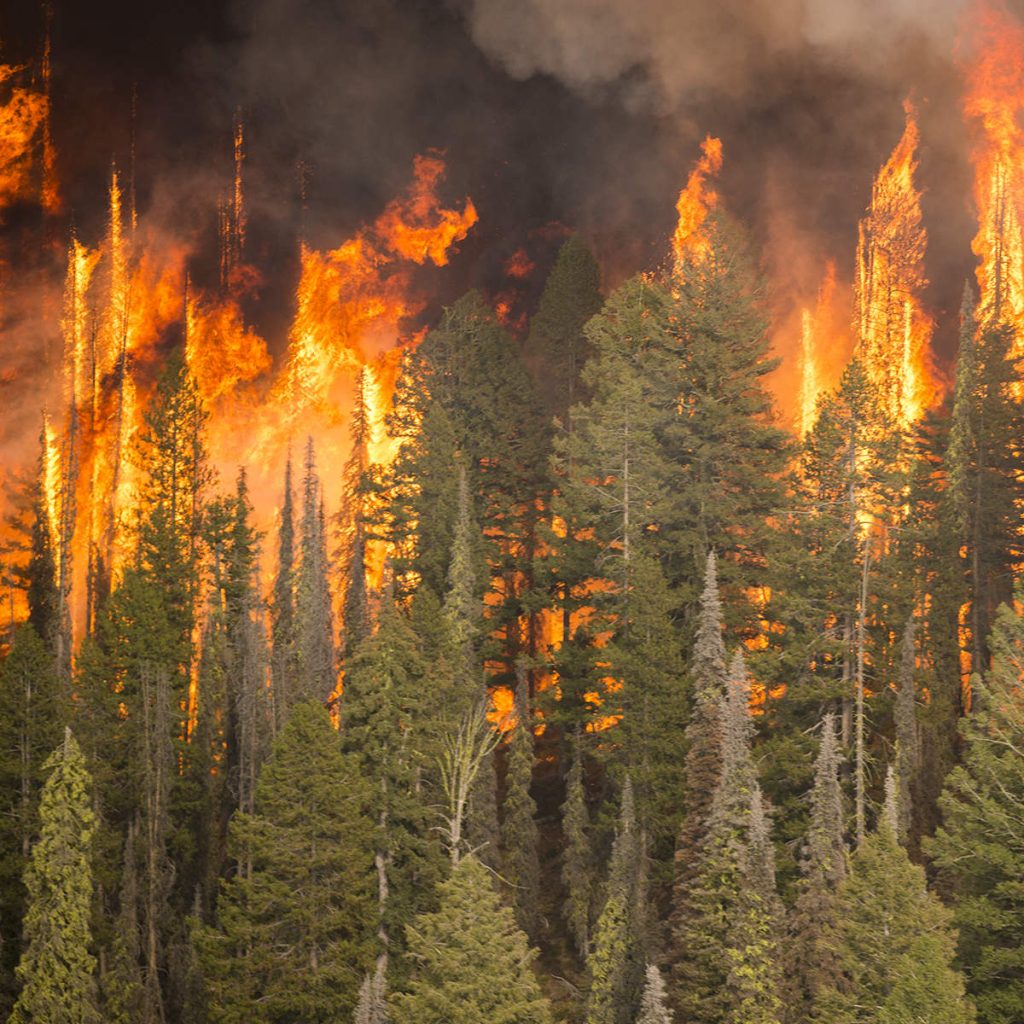
4. Idaho
Idaho’s wildfire patterns have also been heavily influenced by climate change. The state’s forests and rangelands are experiencing longer fire seasons due to rising temperatures and decreasing snowpack. The lack of snowpack, which typically helps to keep vegetation moist, results in drier conditions that are more prone to ignition. Additionally, prolonged droughts have made Idaho’s landscapes more combustible, leading to larger and more frequent wildfires. Climate change has also been linked to more erratic and severe weather patterns, contributing to the increased likelihood of lightning strikes that often spark wildfires in the state’s remote areas.
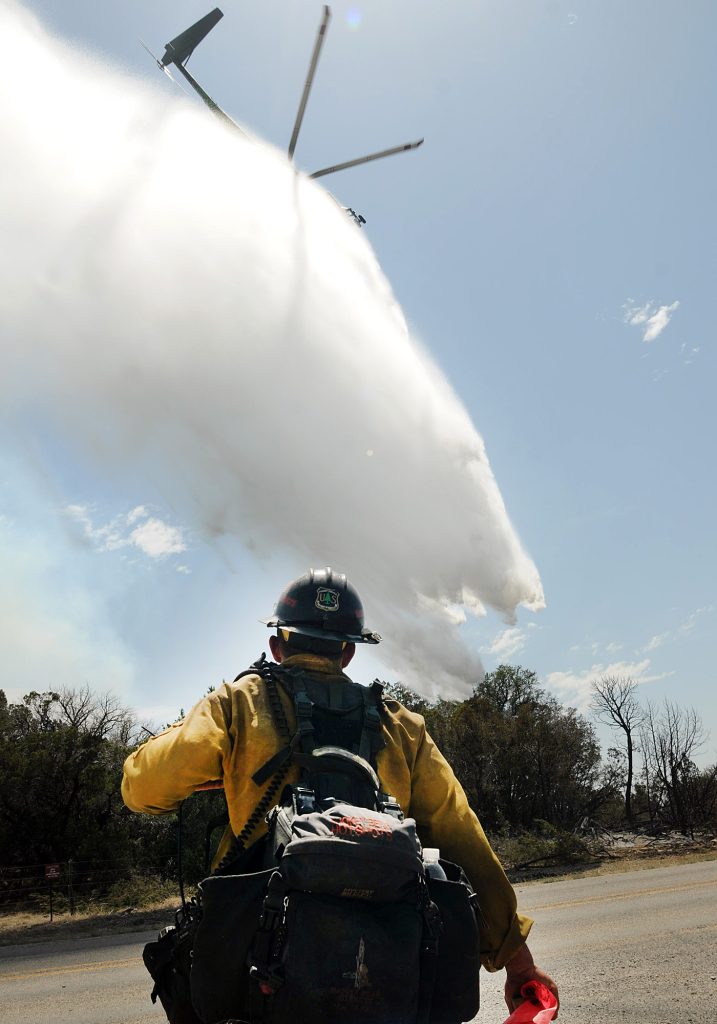
5. Texas
In Texas, the combination of extreme heat, prolonged droughts, and shifting weather patterns due to climate change has significantly increased the state’s wildfire risk. The state’s grasslands and arid regions, particularly in the west, have become more vulnerable to wildfires as temperatures rise and precipitation becomes more erratic. The 2011 wildfire season in Texas was one of the worst on record, with fires burning over 4 million acres. This season was marked by a severe drought, which was made more likely by climate change, turning Texas’ landscapes into a tinderbox ready to ignite. The state continues to face heightened wildfire risks as climate change progresses.
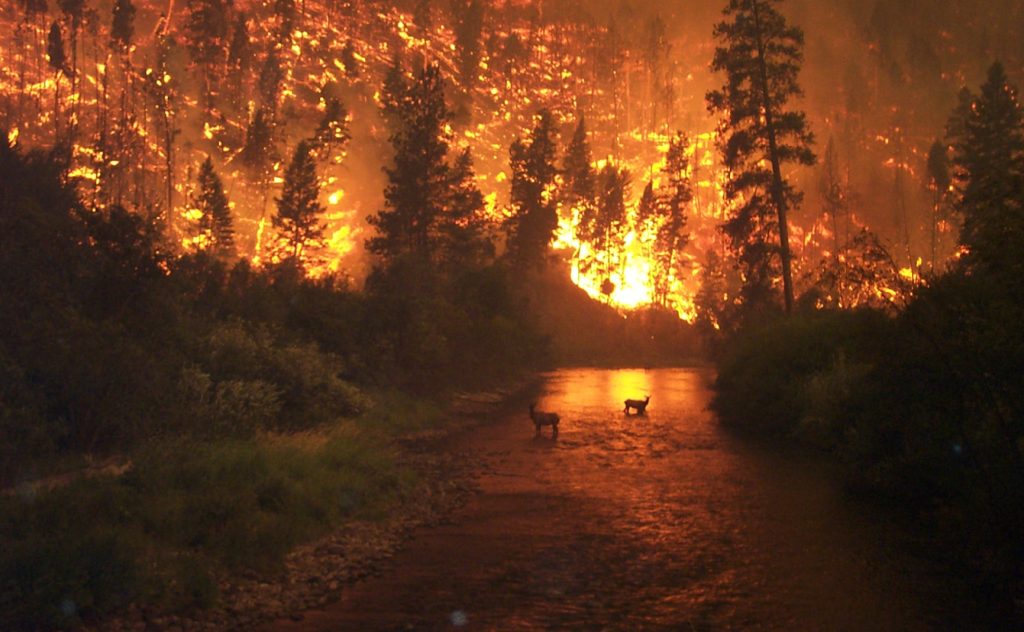
The increasing intensity and frequency of wildfires in Alaska, California, Oregon, Idaho, and Texas underscore the profound impact that climate change is having on these states. As temperatures continue to rise and precipitation patterns shift, the conditions that fuel wildfires are likely to become even more severe. Addressing the underlying causes of climate change is crucial in mitigating the risks and reducing the destructive impact of wildfires in these and other vulnerable regions. Without significant action, these states—and many others—will continue to face devastating wildfire seasons that threaten lives, property, and ecosystems.

